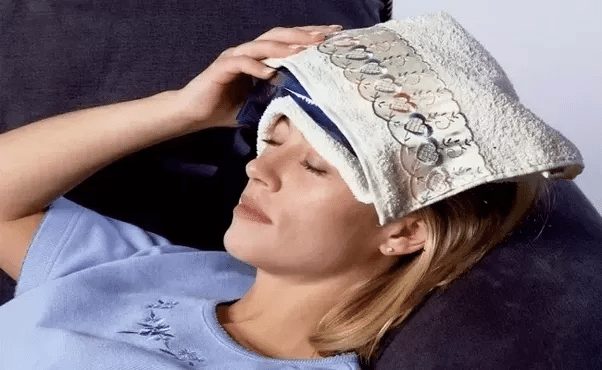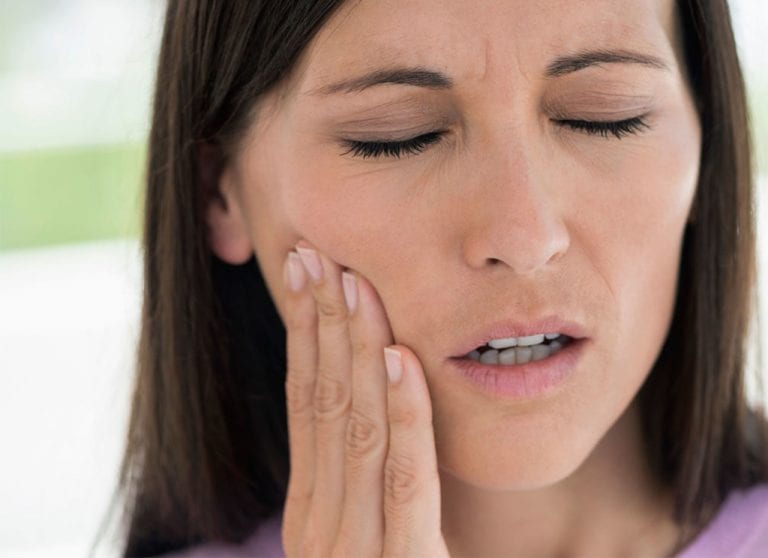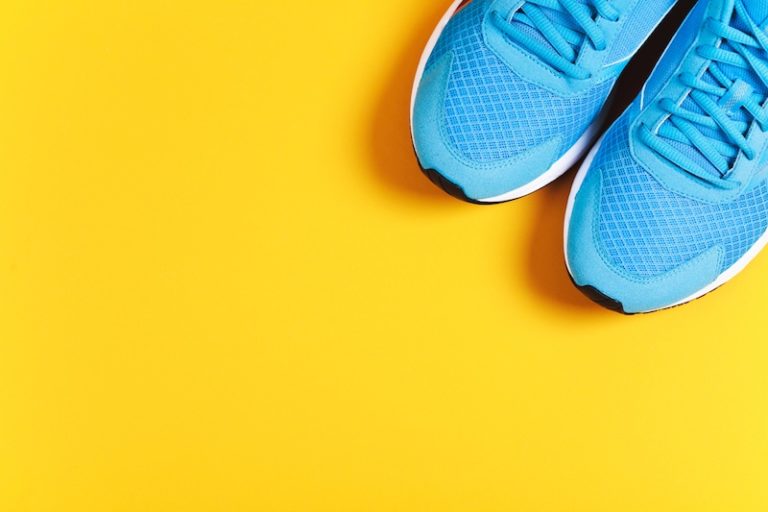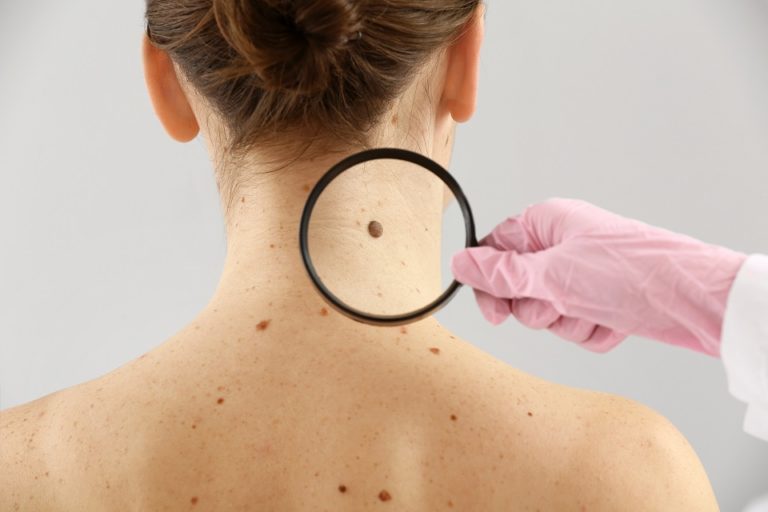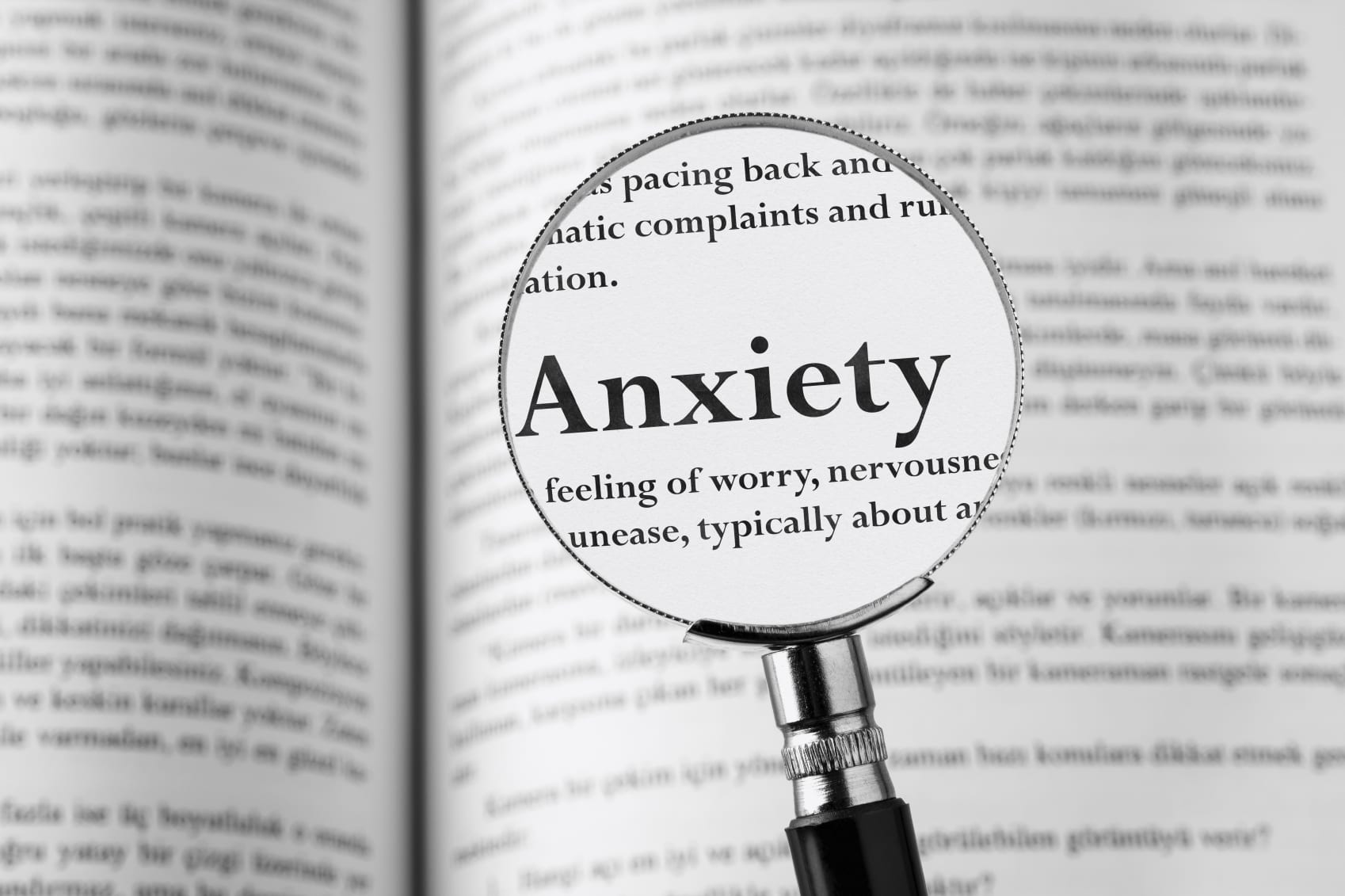
Anxiety
People with chronic migraines are even more likely to have an anxiety disorder than they are depression: Around half of people with migraines also have anxiety, according to the American Migraine Foundation.
Like with depression, the anxiety or the migraines can come first, says Teshamae Monteith, MD, director of the headache program and assistant professor of clinical neurology at the University of Miami Miller School of Medicine. “Patients that have anxiety in life are more likely to develop migraines, and vice versa.”
Sometimes one treatment (often an antidepressant) works for both conditions; other times, people need separate treatments–medications for migraines and behavioral therapy for anxiety disorders. It’s important to find an anxiety treatment that works. People who go untreated may be less likely to stick with their migraine meds and may not respond as well to the drugs either.
Stroke
Several studies have found a link between strokes caused by blood clots and migraines with aura, the visual or other sensory symptoms that sometimes precede the actual migraine attack.
People who have migraines with aura have about twice the risk of a stroke as the general population, says Dr. Lipton, but overall, that risk is still very small. “Migraine, particularly with aura, is largely a disease of younger women and women are at a lower risk of stroke than men. Even though the risk doubles, it’s still incredibly low.”
Even so, there are ways to lower that risk even more by maintaining healthy blood pressure, blood sugar, and cholesterol levels and not smoking.



